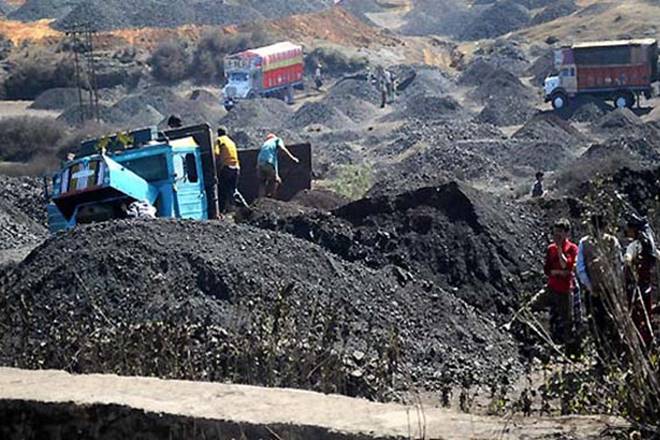As many as 95 non-coal mineral blocks may go under the hammer in 2018-19, in what could stimulate investments in the mining sector and potentially fetch mineral-rich states like Chhattisgarh, Jharkhand and Odisha Rs 3.5-4 lakh crore over a 50-year period. Following the amendment to the MMDR (Amendment) Act in 2015 which made allocation of mines through auctions mandatory, 33 mines (including 12 in the current fiscal) have been successfully auctioned. This created a revenue potential of `1.28 lakh crore for the states concerned, including royalty and contribution towards district mineral foundation. This apart, notices inviting tenders (NITs) have been issued for 36 mines, of which 12 are in Maharashtra, eight each in Karnataka and Madhya Pradesh, five in Odisha and two are in Jharkhand. While only six mines could be successfully auctioned in 2015-16, states auctioned 15 mines in 2016-17. “Amendments to the mineral auction rules making auction process easier are encouraging states to auction more mines. Of the 95 blocks lined up for auction in 2018-19, Karnataka tops with 32 iron ore blocks,” said a senior mines ministry official.
Given the initial lukewarm response to the auction of non-coal mines, the government has amended the auction rules in November last year. It reduced the minimum three bidders rule only for the first round. Earlier, the auction process was to be halted if the number of bidders came down to less than three up to the third round. Through the amendment, the government also lowered the net-worth eligibility of criteria of the prospective miners by 8-10 times. Earlier, the minimum net worth threshold for bidders were 4% of the estimated reserves for mines with mineral value of `500 crore and above.
It also allowed miners to sell at 25% of unusable produce in the open market even in case of assets linked to specified captive end-uses. The amendment to the MMDR Act empowers the Centre to prescribe the terms and conditions for grant of mineral concessions. Apart from the limited number of successful auctions, the auctions have been limited from the perspective of minerals and the number of the states that have started auctions. Only five minerals, primarily iron ore and limestone, have been auctioned so far and only seven states took part in the process.


